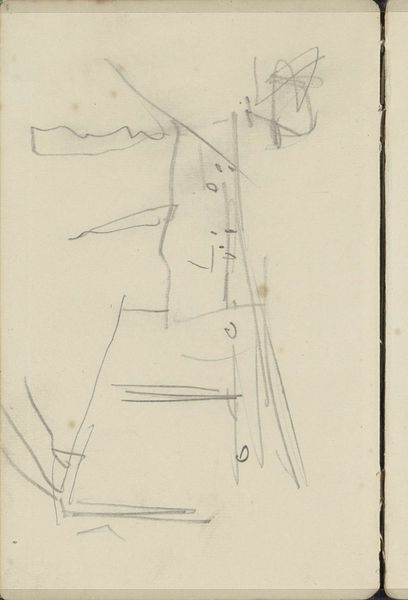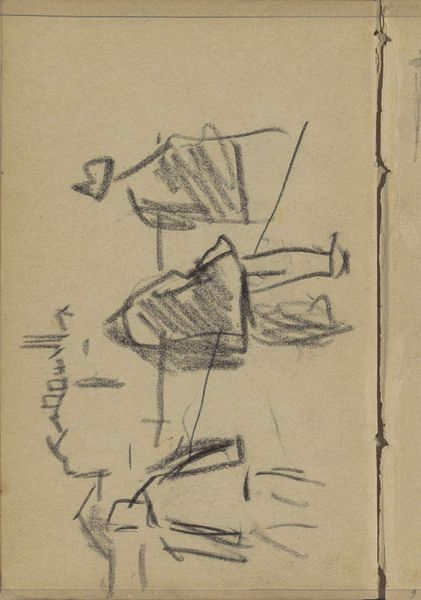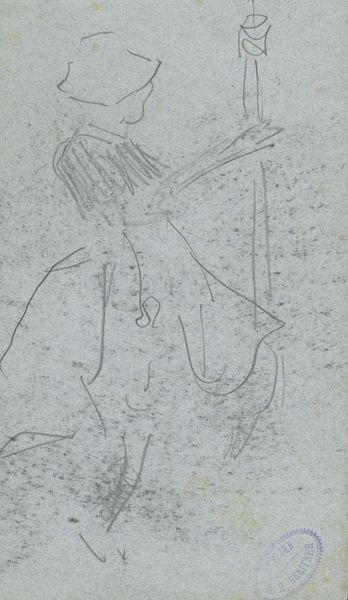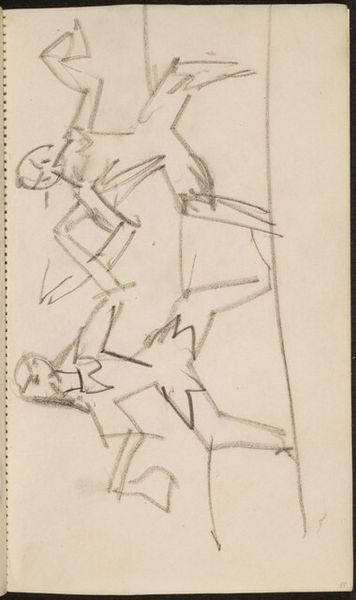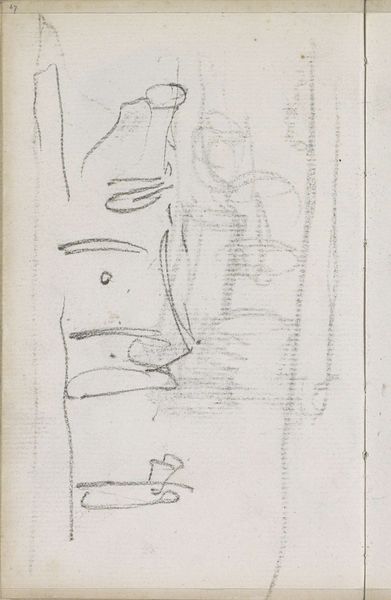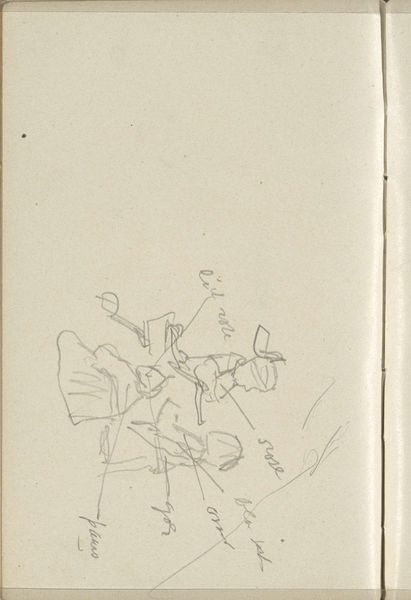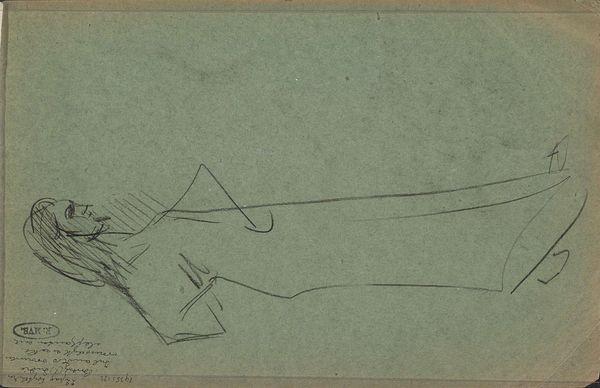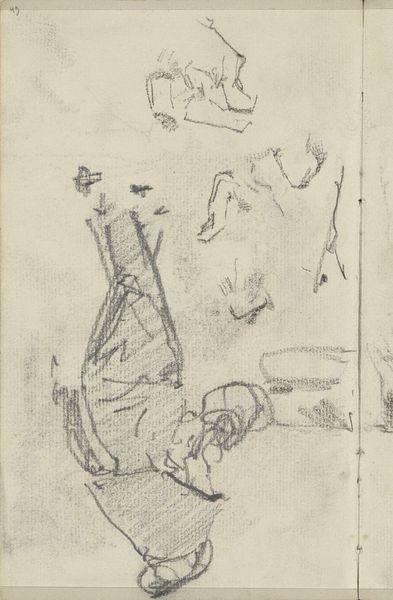![Tanzende auf einer Bühne (Dancers on a Stage) [p. 21] by Max Beckmann](/_next/image?url=https%3A%2F%2Fd2w8kbdekdi1gv.cloudfront.net%2FeyJidWNrZXQiOiAiYXJ0ZXJhLWltYWdlcy1idWNrZXQiLCAia2V5IjogImFydHdvcmtzLzAwNTJjNGU3LWU1MzYtNDkwYy1hNjFkLWNlODk2ZjhjMjQzOS8wMDUyYzRlNy1lNTM2LTQ5MGMtYTYxZC1jZTg5NmY4YzI0MzlfZnVsbC5qcGciLCAiZWRpdHMiOiB7InJlc2l6ZSI6IHsid2lkdGgiOiAxOTIwLCAiaGVpZ2h0IjogMTkyMCwgImZpdCI6ICJpbnNpZGUifX19&w=1080&q=75)
drawing, pencil
#
drawing
#
figuration
#
pencil
#
expressionism
Dimensions: sheet: 19.7 x 13 cm (7 3/4 x 5 1/8 in.)
Copyright: National Gallery of Art: CC0 1.0
Editor: This sketch, "Dancers on a Stage," by Max Beckmann, appears to be a preparatory drawing done in pencil. It’s very gestural, and the figures seem caught in motion. It feels raw, immediate. What strikes you when you look at this, how do you interpret this work within its broader context? Curator: This sketch embodies a fascinating tension, doesn't it? On one hand, it's expressionistic, raw, as you said. Beckmann, of course, was working in Germany during the interwar period, a time of immense social and political upheaval, when the Weimar Republic struggled with its democracy, economic struggles, and right-wing extremism. Editor: Right. Curator: And expressionism, as an artistic movement, was a reaction to this chaos and an outlet to question those issues. But notice the subject matter, the dancers on a stage. What sort of expectations of traditional roles do performance and spectatorship highlight for you? Where does the freedom of the stage sit against the background social instability of the era? Is this escapism, a kind of resistance, or both? Editor: I hadn't considered it as a commentary on escapism or even resistance. I saw it more as a snapshot. I wonder what kinds of stages the artist experienced in Weimar Berlin? Curator: Exactly! And how those stages mirrored or challenged the social dynamics outside the theater walls? Thinking about these performance spaces helps reveal the nuanced dialogue between art and its historical moment, particularly through a gendered lens of who is watching whom, who has the power to be viewed or heard. It pushes us to think about art as inherently political, even when it depicts something as seemingly innocuous as dancers on a stage. Editor: That is very insightful; looking at art as an inherently political medium is fascinating.
Comments
No comments
Be the first to comment and join the conversation on the ultimate creative platform.

